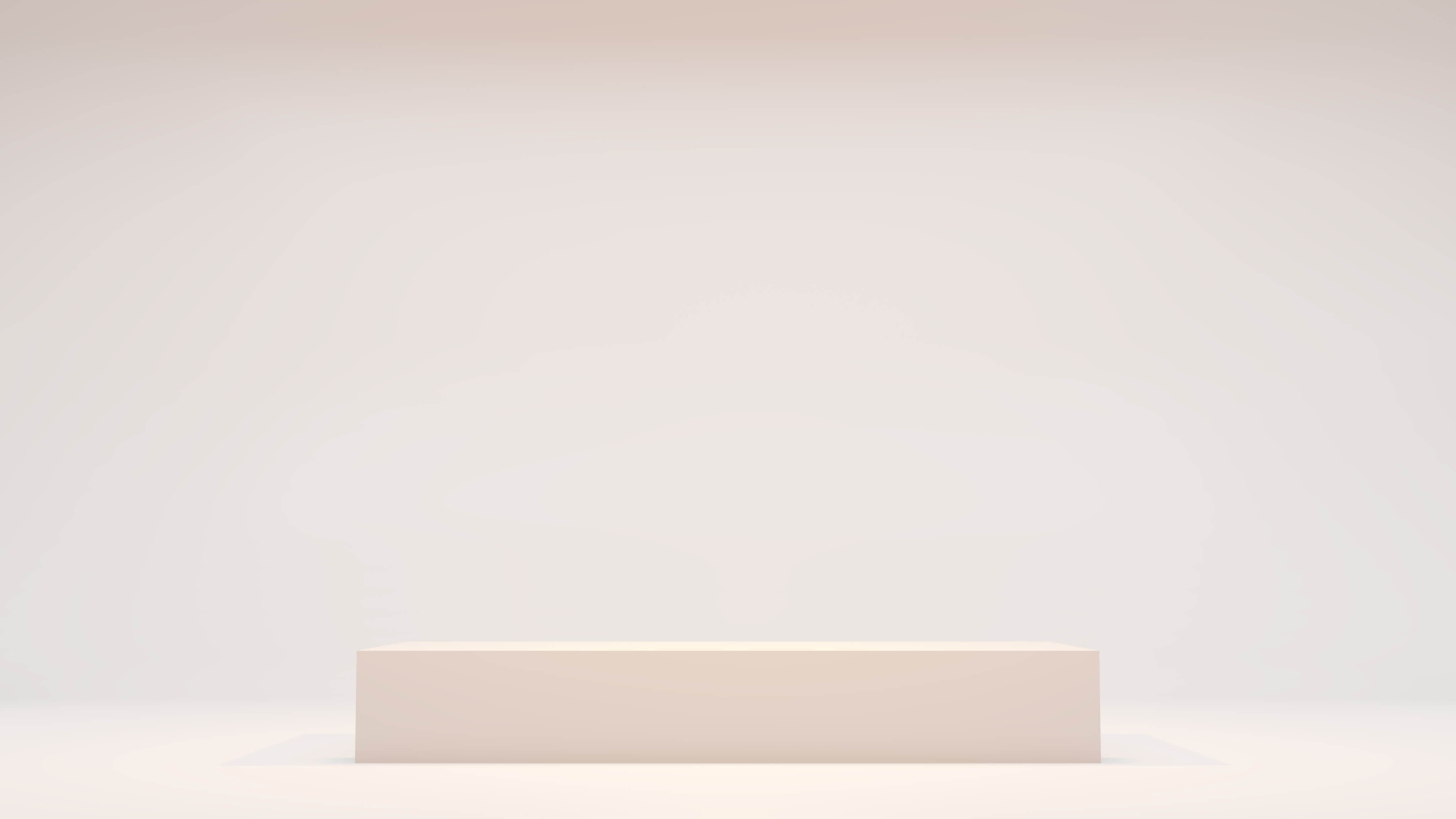Winter landscape 11
I am interested in capturing images and moments and sharing them with the viewer. In my artistic practice, I work with space. Many of my landscapes are descriptive—I call them “portraits of place.” An important part of my work is travel and the experience of the road. I find and photograph scenes from the window of a car or train. In this way, my works become traces of movement across the country.
A characteristic feature of my work is the absence of people, yet the spaces are not devoid of human presence. Through architecture, I create an echo of that presence. Industrial and rural buildings often become the main subjects—traces that allow for a psychological portrait of their creators and inhabitants.
When I create, I use an approach similar to how memory works. Memories are vivid at first, but fade over time and lose detail. What remains of the original image is just an outline, a feeling. I refer not to narrative memory, but visual memory. Objects turn into archetypal forms that are familiar to everyone. The image loses its connection to a specific time and place and becomes timeless—eternal.
In my prints, I balance on the edge between urban landscape and abstraction. The dynamic quality comes from leaving a lot of ink on the copper plate, resulting in prints that resemble monotype. The texture creates the sensation of a whirlwind or sandstorm through which the image emerges.
Maria Stadnik is a painter and graphic artist from Moscow (b. 1996). In 2025, she became a resident of Winzavod’s “Open Studios.” She graduated with honors and a gold medal from the Stroganov Moscow State Academy of Arts and Industry. Maria has participated in exhibitions and art fairs, and her works are in private collections. Influenced by Eastern painting, she favors laconic forms and complex colors.


Submit an application
We will inform you about the availability of the product by phone after checking


